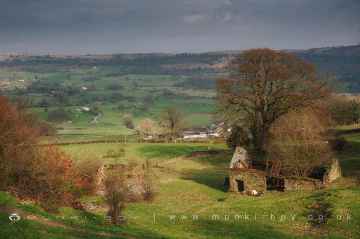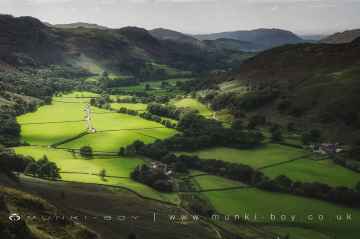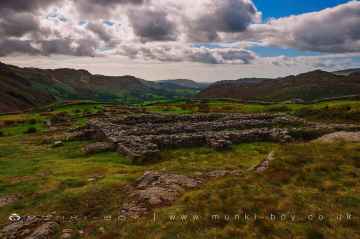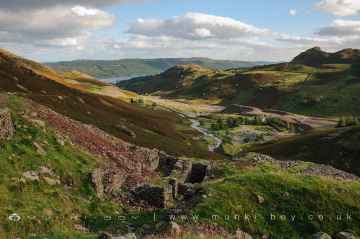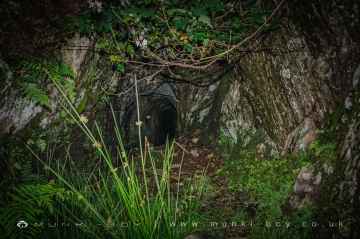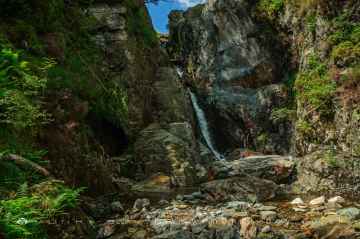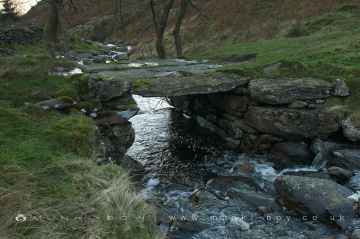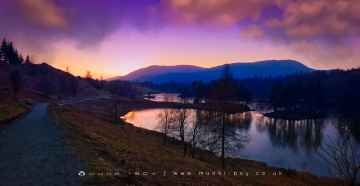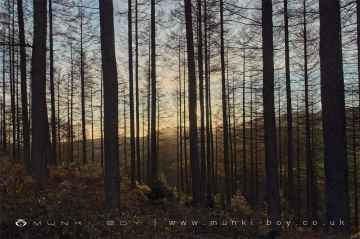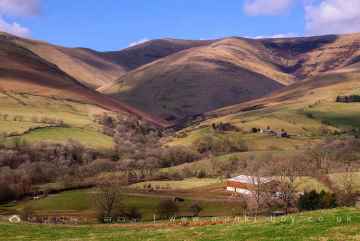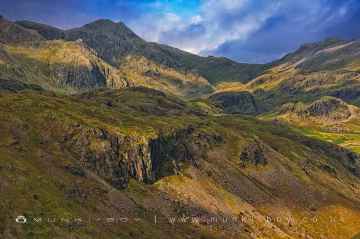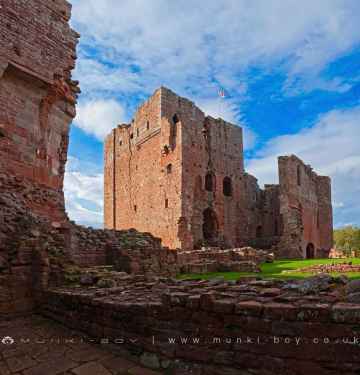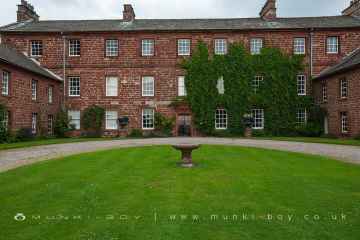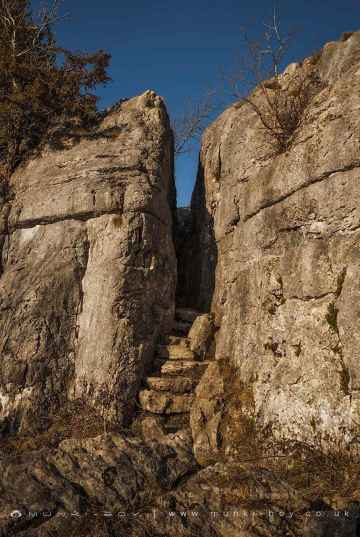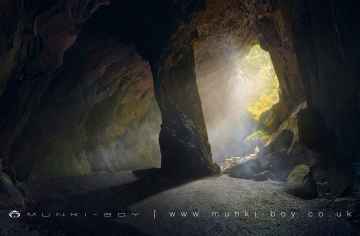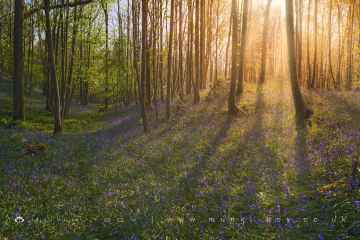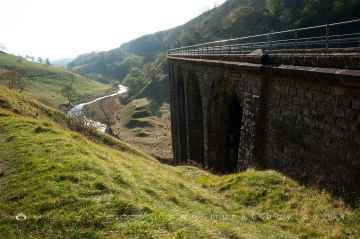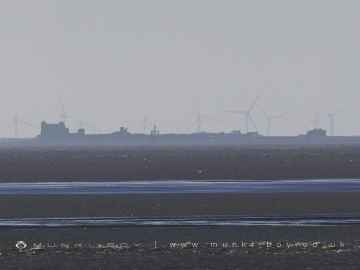Wilton
Wilton is a Hamlet in the county of Cumbria.
Wilton postcode: CA22 2PW
There are great places to visit near Wilton including some great hills, hiking areas, villages, ancient sites, ruins, old mines, waterfalls, rivers and streams, lakes, woodlands, towns, mountains, castles, historic buildings, historic monuments, caves, bluebell woods, nature reserves, disused railway lines, airports and islands.
Wilton has some unmissable hills nearby like Cartmel Fell, White Pike (Seathwaite), The Knott, Broughton Moor, Catbells, Orrest Head, and Haystacks.
Wilton's best nearby hiking areas can be found at Cartmel Fell, Coniston Coppermines Valley, Borrowdale, Styhead Tarn, Troutbeck, Orrest Head, and Wild Boar Fell.
Don't miss Eskdale, Coniston, Seatoller, Troutbeck, High Borrans, Kentmere, and Brigsteer's villages if visiting the area around Wilton.
The area around Wilton features a number of interesting ancient sites including Hardknott Roman Fort, The Hawk, Sunkenkirk Stone Circle, Castlerigg Stone Circle, High Borrans Romano-British Settlement, Mayburgh Henge, and Gunnerkeld Stone Circle.
Wilton has some unmissable ruins nearby like Bonsor East Mine Workings, Bonsor Dressing Floors, Penny Rigg Copper Mill, Appletree Worth, Stephenson Ground Limekiln (ruin), Water Yeat Limekiln (ruin), and Hebblethwaite Hall Gill.
Old Mines to visit near Wilton include Penny Rigg Quarry Adit, Three Kings Mine, Tilberthwaite Gill Head Waterfall Level, Horse Crag Quarry, Tilberthwaite Deep Level Adit, Cathedral Quarry, and Parrock Quarry.
The area around Wilton boasts some of the best waterfalls including Tilberthwaite Gill, Rydal Falls, Hebblethwaite Hall Gill, Styhead Gill Waterfalls, Taylorgill Force, Aira Force, and Hell Gill Force.
Wilton has some unmissable rivers and streams nearby like River Lickle, Appletree Worth Beck, Styhead Gill, Crowdundle Beck, Aira Beck, Hell Gill, and River Kent at Kentmere.
The area around Wilton boasts some of the best lakes including Tarn Hows, Thirlmere Reservoir, Derwentwater, Styhead Tarn, Windermere, Wastwater, and Ullswater.
Wilton's best nearby woodlands can be found at Broughton Moor, Brigsteer Park, Cow Close Wood, Jeffy Knotts Wood, and Grubbins Wood.
Don't miss Sedbergh, Bowness On Windermere, Ulverston, Penrith, Kendal, Ambleside, and Kirkby Stephen's towns if visiting the area around Wilton.
Mountains to visit near Wilton include Scafell, Blencathra - Hallsfell Top, Skiddaw, Hartsop Dodd, Stony Cove Pike [Caudale Moor], Place Fell, and Wild Boar Fell.
There are a number of castles near Wilton including Brough Castle, Lowther Castle, Pendragon Castle, Lammerside Castle, Kendal Castle, Sizergh Castle, and Castlesteads (Lowther).
Historic Buildings to visit near Wilton include Acorn Bank, Acorn Bank Watermill, Church of St Peter Askham, St Michael’s Church at Lowther, Lowther Mausoleum, Askham Hall, and Smardale Gill Viaduct.
There are a several good historic monuments in the area around Wilton like Fairy Steps.
Cathedral Quarry, Fairies Cave, Holy Well Cave, and Buttermere Tunnel are some of Wilton best caves to visit near Wilton.
There are a several good bluebell woods in the Wilton area like Cow Close Wood, and Jeffy Knotts Wood.
Smardale Gill Nature Reserve is one of Wilton's best, nearby nature reserves to visit in Wilton.
Disused Railway Lines to visit near Wilton include Smardale Gill Nature Reserve.
The area around Wilton features a number of interesting airports including Barrow/Walney Island Airport, and Carlisle Lake District Airport.
Don't miss Piel Island's islands if visiting the area around Wilton.
Wilton History
There are some historic monuments around Wilton:
Places to see near Wilton
History of Wilton
Wilton Abbey was surrendered to Henry VIII in 1539 during the Dissolution of the Monasteries, and in 1541 much of the estate was granted to Earl William Herbert of Pembroke, who began to build Wilton House. By the 17th century, weaving had become a busy trade, and the carpet industry began in 1741 when two French weavers were brought in by Earl Henry Herbert of Pembroke to teach the local people new skills. Carpet weaving prospered until 1815, when peace following the Napoleonic Wars introduced European competition. Machinery to produce Axminster carpets was installed in 1835. The Wilton Royal Carpet Factory was founded at the turn of the century, with the help of the then Lord Pembroke, to rescue the previous carpet factory that had fallen into financial difficulty. The factory continued to operate until 1995, when it closed temporarily after a takeover. The factory re-opened, although it was unable to retain the Wilton Royal prefix. An outbreak of smallpox in 1737 killed 132 people. Local folklore claims that the outbreak was believed to be associated with the witchcraft of the four Handsel sisters, who were summarily murdered and buried in Grovely Wood.


















